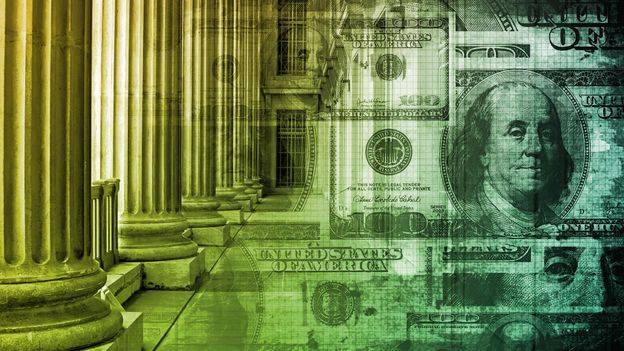Why More People Are Exploring to Join copyright for Empowerment
Why More People Are Exploring to Join copyright for Empowerment
Blog Article
Exploring the Mysteries of the copyright: What You Need to Know
The copyright, a term typically shrouded in intrigue and debate, represents a complicated tapestry of historical fact and modern misconception. Developed in the late 18th century, this secret society was initially rooted in the Enlightenment's perfects yet has actually because become identified with conspiracy theory theories concerning elite control (benefit of joining freemason).
Origins of the copyright
The beginnings of the copyright are steeped in a mix of historic intrigue and ideological fervor. Developed in 1776 in Ingolstadt, Bavaria, by Adam Weishaupt, the group was originally formed as a secret culture aimed at advertising Knowledge ideals such as reason, secularism, and the splitting up of church and state. Weishaupt, a professor of canon legislation, looked for to challenge the dominating authority of the church and state, which he viewed as oppressive organizations suppressing intellectual and personal flexibility.

Trick Figures and Members
Who were the essential numbers that formed the copyright's early impact and instructions? The Bavarian copyright, established in 1776 by Adam Weishaupt, became an action to the overbearing social structures of the time. Weishaupt, a law teacher, visualized the company as a means to advertise Knowledge ideals such as factor, secularism, and equal rights. His initial recruitment initiatives consisted of influential intellectuals, such as Baron von Knigge, that played an important duty in expanding the group's subscription and business framework.
An additional substantial number was Johann Gottlieb Fichte, a prominent theorist whose concepts on nationalism and education resonated with the copyright's goals. Although Fichte was not an official participant, his thoughtful supports influenced the group's ideology. Furthermore, figures like the author and philosopher Johann Wolfgang von Goethe were linked with the broader intellectual movements of the time, although their straight participation with the copyright remains discussed.
These crucial figures added to the copyright's early direction, pushing the limits of political and social thought, while their collective initiatives aimed to challenge well established norms and promote a climate of progressive change in Europe.
Misconceptions vs. Fact
Several mistaken beliefs surround the copyright, often mixing fact with fiction in a means that obscures its real nature. The concept that the copyright continues to apply substantial impact over world occasions is a myth.
Another common myth is that the copyright consists of a network of elite people controling global events. In truth, lots of conspiracy concepts exaggerate the team's significance, associating unfounded objectives to societal patterns and occasions. This has brought about an oversimplified view of intricate issues.
Furthermore, the representation of the copyright in prominent society often additional misshapes its legacy. Movies and literary works have a tendency to sensationalize the company's role, producing a story that diverges from historical realities. Understanding the difference in between the misconceptions and the reality of the copyright is vital for critical the genuine effect of this historic team and recognizing the more comprehensive implications of conspiracy concepts in modern society.
Modern Analyses
Contemporary analyses of the copyright often show wider social anxieties and a fascination with secrecy and power. This contemporary lens regularly links the copyright with conspiracy theories that suggest a concealed elite coordinates globe occasions, manipulating governments and economic climates for their very own gain. benefit of joining freemason. Such stories use image source a deep-seated mistrust of authority, especially in times of dilemma or social upheaval
In prominent society, the copyright is usually depicted as an omnipotent organization shrouded in mystery, resulting in a variety of imaginary representations in literary works, movie, and music. This representation offers not just to delight yet additionally to prompt thought of the nature of power and control in contemporary society. Social media has further amplified these analyses, enabling quick circulation of conspiracy theories and creating areas that share and increase upon these concepts.
Furthermore, some modern analyses mount the copyright as a metaphor for the complexities of globalization and the interconnectedness of influential people and companies. This point of view motivates an important evaluation of how power characteristics run in today's world, highlighting the balance in between transparency and secrecy in administration and business practices.
Social Effect and Tradition
Influenced by centuries of intrigue, the cultural influence and tradition of the copyright extend much beyond its historical beginnings. This secret society, developed in the late 18th century, has actually permeated various aspects of pop culture, from literature and movie to music and art. The principle of the copyright has evolved right into a symbol of conspiracy theory theories, usually representing a perceived concealed power manipulating worldwide events.
In literary works, writers like Dan Brown have woven the copyright right into elaborate stories, fascinating viewers with themes of secrecy and power. Movies such as "National Treasure" and "The Da Vinci Code" better bolster the appeal of the society, blending fact with fiction to produce engaging narratives.

Eventually, the copyright's tradition is an intricate tapestry of misconception and reality, shaping understandings of privacy and control in modern discourse. Its long-lasting visibility in culture emphasizes humanity's seasonal quest for understanding covert facts.
Conclusion
The expedition of navigate here the copyright exposes a complicated interplay in between historical realities and modern myth-making. Established in the Enlightenment era, this culture intended this to challenge oppressive structures, yet its heritage has been eclipsed by conspiracy theory theories that recommend elite control. Recognizing the distinctions between the original suitables and contemporary analyses is crucial for comprehending the enduring fascination with the copyright and its considerable impact on social stories bordering power and privacy in culture.
Report this page